"Art Research" · 2022 Issue 4 丨 Non -Heritage Research/Art Theory and Critics
Author:Central Academy of Fine Arts Time:2022.08.27
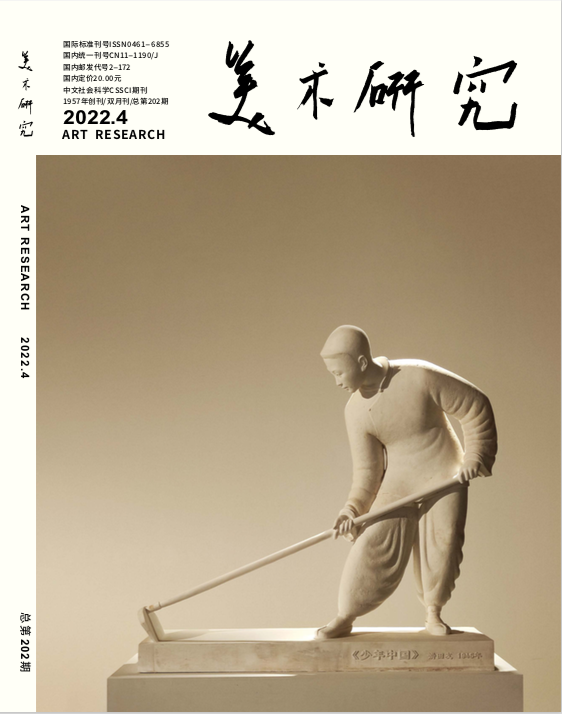
"Art Research" 2022 The cover of the fourth issue of 2022
Cover:
Ji Tianyou "Farmers -Juvenile China" Gypsum 140 × 40.5 × 140cm
The Sculpture Department of the Central Academy of Fine Arts restores 2021 years
(Original creation in 1946)
Photography: Li Zhan
Non -heritage research topic
There are two academic papers related to the "Fine Arts Research" in this issue, and the papers are now published as follows.
University and non -heritage
——The Central Academy of Fine Arts "Non -Heritage Research Program"
Education and training system construction and exploration
Wang Xiaolin
Summary of content: "Intangible Cultural Heritage" is a traditional cultural expression form that is closely related to the lives of the masses and inherited from generation to generation. With the turbulence of the global wave and the acceleration process of rapid social changes, the protection and inheritance of intangible cultural heritage has become an important issue. It is related to the development and sustainability of national traditional culture. Reconstruction of social and cultural ideals. The Central Academy of Fine Arts has always been on the front line of exploration and practice with its own international perspective, advantageous art resources and profound academic heritage. The road of crowd art provides intelligent models for universities and social institutions.
Wang Xiaolin
Deputy Secretary of the Party Committee of the Central Academy of Fine Arts
Person in charge

The first and second trainees students took a group photo at the Central Academy of Fine Arts
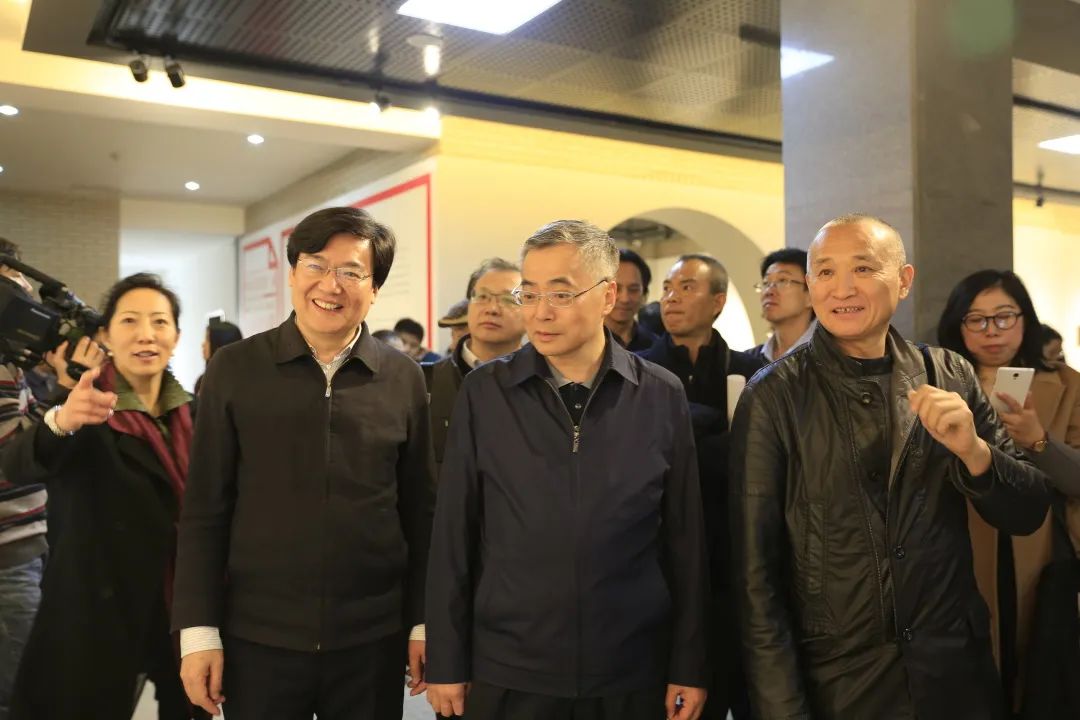
Xiang Zhaolun, then deputy minister of the Ministry of Culture, guided research and training in the Academy of Fine Arts

Master of the lacquer art group explained

Teacher Xiao Li, the instructor of the woodcarving group, teaches the students
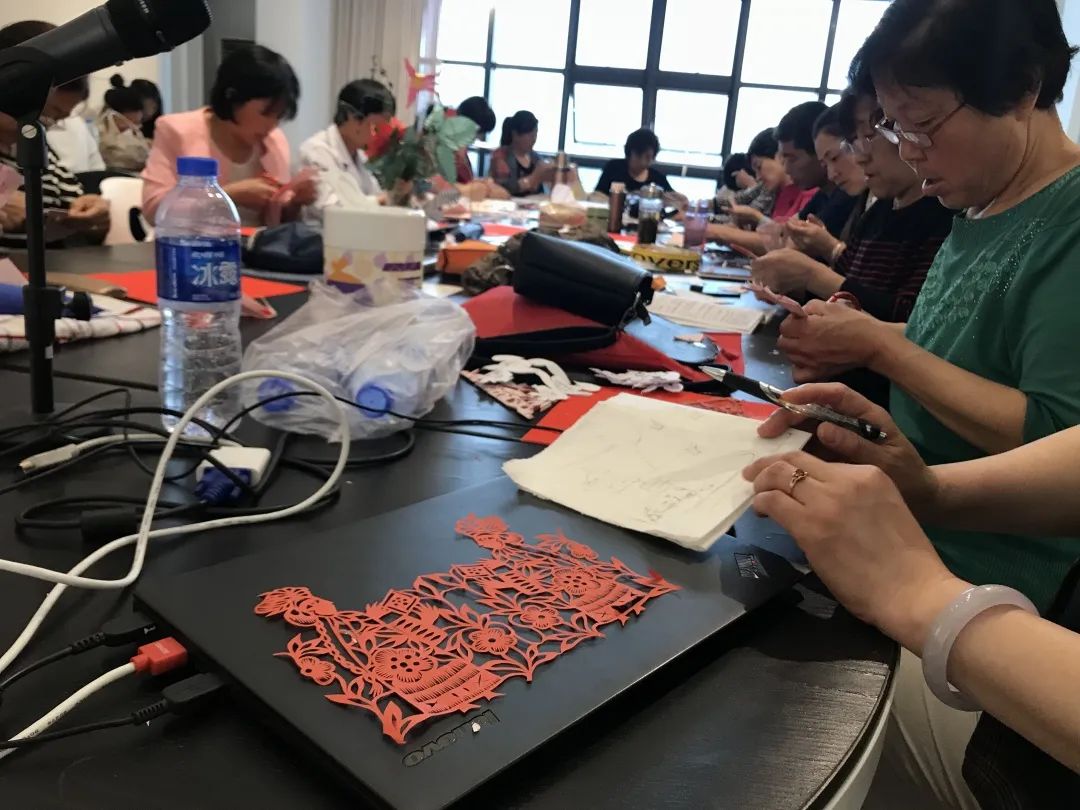
Paper -cutting group students created in class
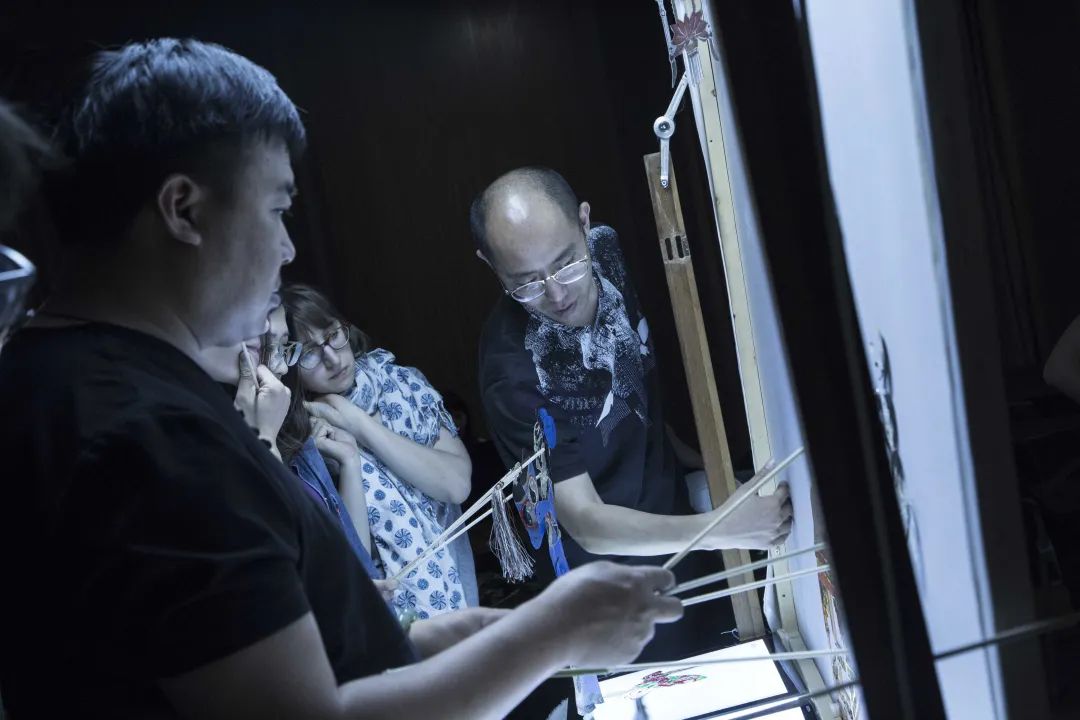
The shadow group reports rehearsal (mentor, trainee, shadow master)

Hebei Quyang training site
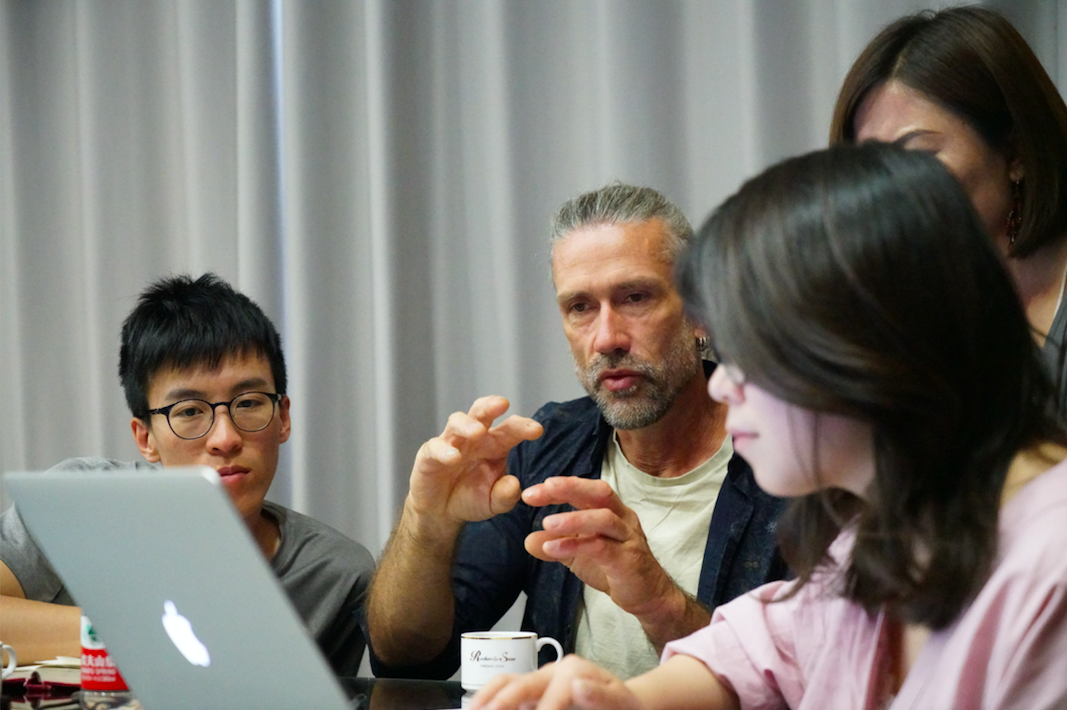
German sculpture master Claus Hondel and Student Students to discuss works
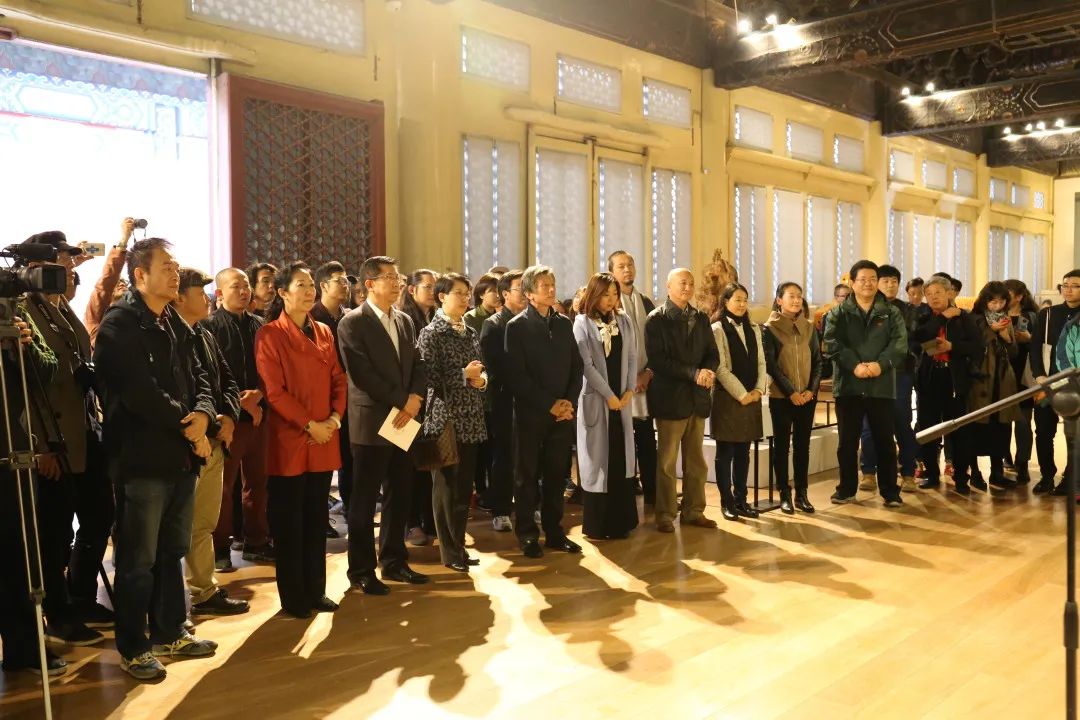
Han Yan, deputy director of the Department of Higher Education of the Ministry of Education, Zhang Xiaoli, Deputy Director of the Inspection of the Non of the Ministry of Culture, Huang Xiufang, deputy director of the Mission Department of the Beijing Federation of Trade Unions, Li Peng, director of the Beijing Labor and People's Culture Palace, and Fan Di'an, Dean of the Central Academy of Fine Arts, attended the opening. Mode

The famous puppet show artist Huang Xiaode, Teacher Huang Xiaode, performed the puppet show "Xu Ce Run the City" in the opening ceremony
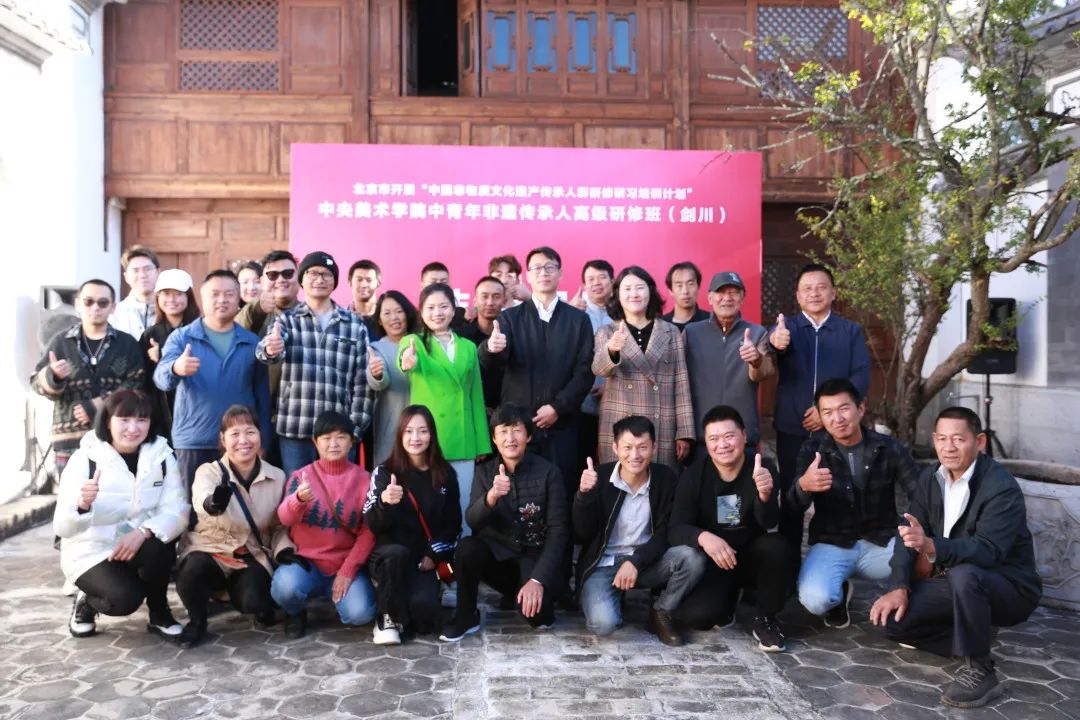
Opening site of the exhibition exhibition of Jianchuan African Heritage Research Class
Art illuminates non -heritage:
Curriculum practice of "Non -Heritage Research Pei" Course of the Central Academy of Fine Arts
Liu Wei
Summary of content: The "Chinese Intangible Cultural Heritage Population Training and Training Plan" (hereinafter referred to as "non -heritage research training") carried out by the Ministry of Culture and Tourism is to improve the level of people's skills in the practice and inheritance of intangible cultural heritage in contemporary life. Help intangible cultural heritage to adapt and integrate with modern life. Cultural heritage is an important part of the cultural life of the Chinese nation. It preserves important national memories. The intangible cultural heritage of a country and a nation is also an important symbol of its production lifestyle and identity characteristics. Let non -heritage enter modern life, integrate into modern life, and protect and carry forward in modern life, in order to be inherited sustainable.
Liu Wei
Deputy Director of the Academic Affairs Office of the Central Academy of Fine Arts
Deputy Dean of the Academy of Fine Arts of Xinjiang Academy of Art (assistant to Xinjiang)
The person in charge
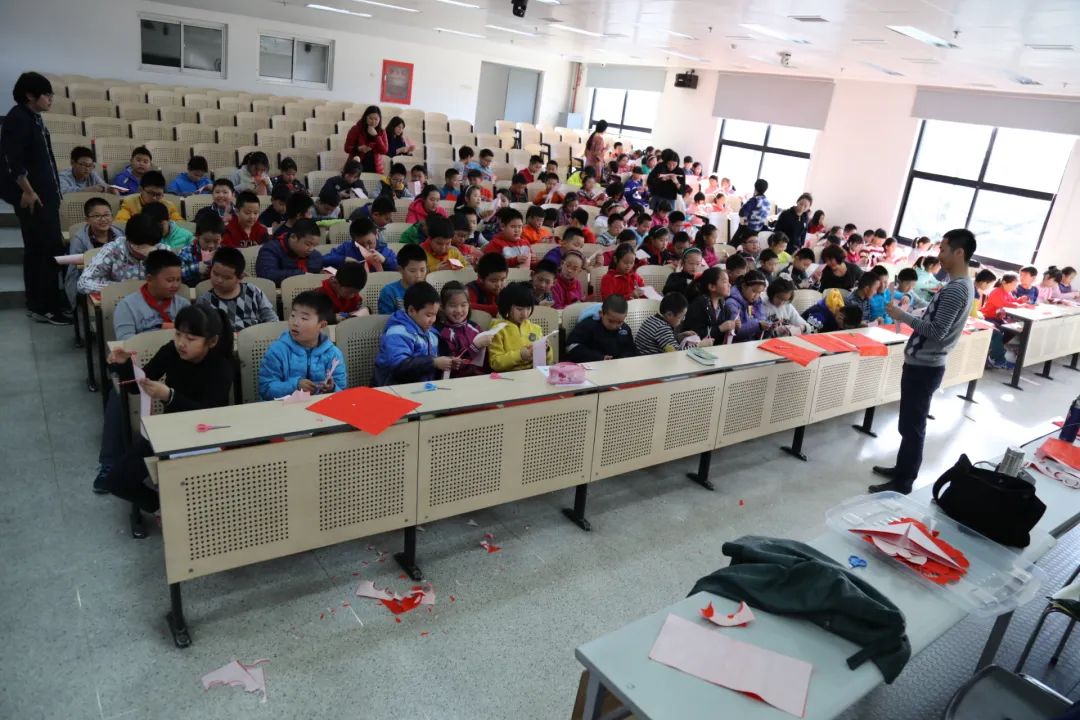
"Non -Heritage" Art Experience Workshop
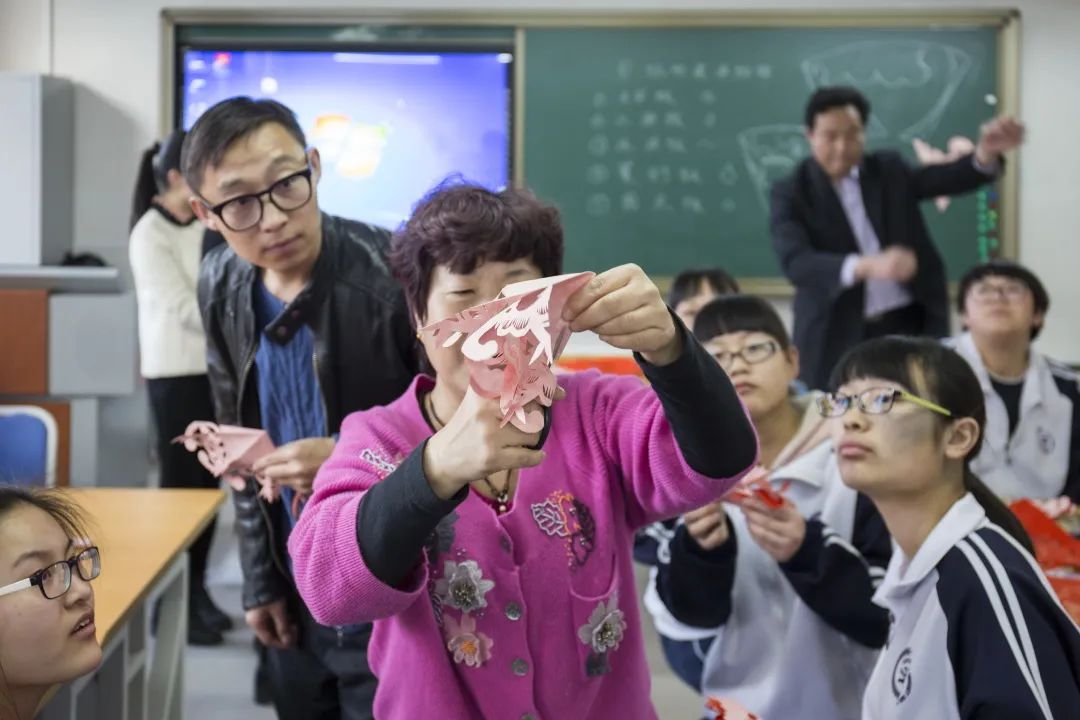
"Non -heritage" enters the campus
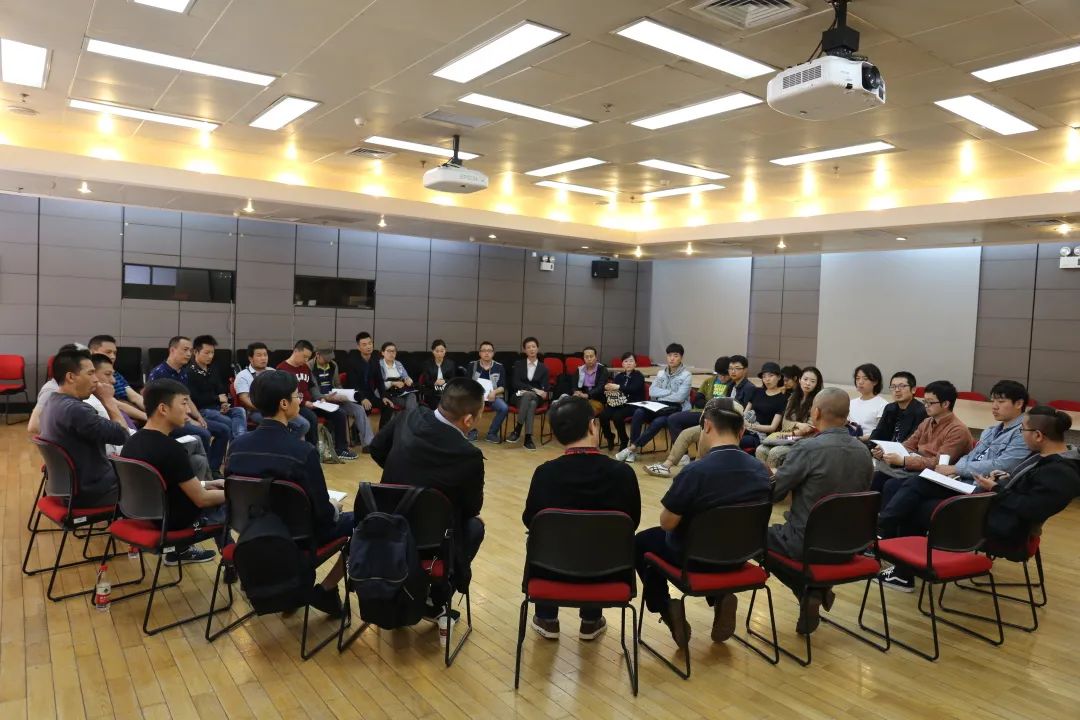
Tutor and college exchange meeting
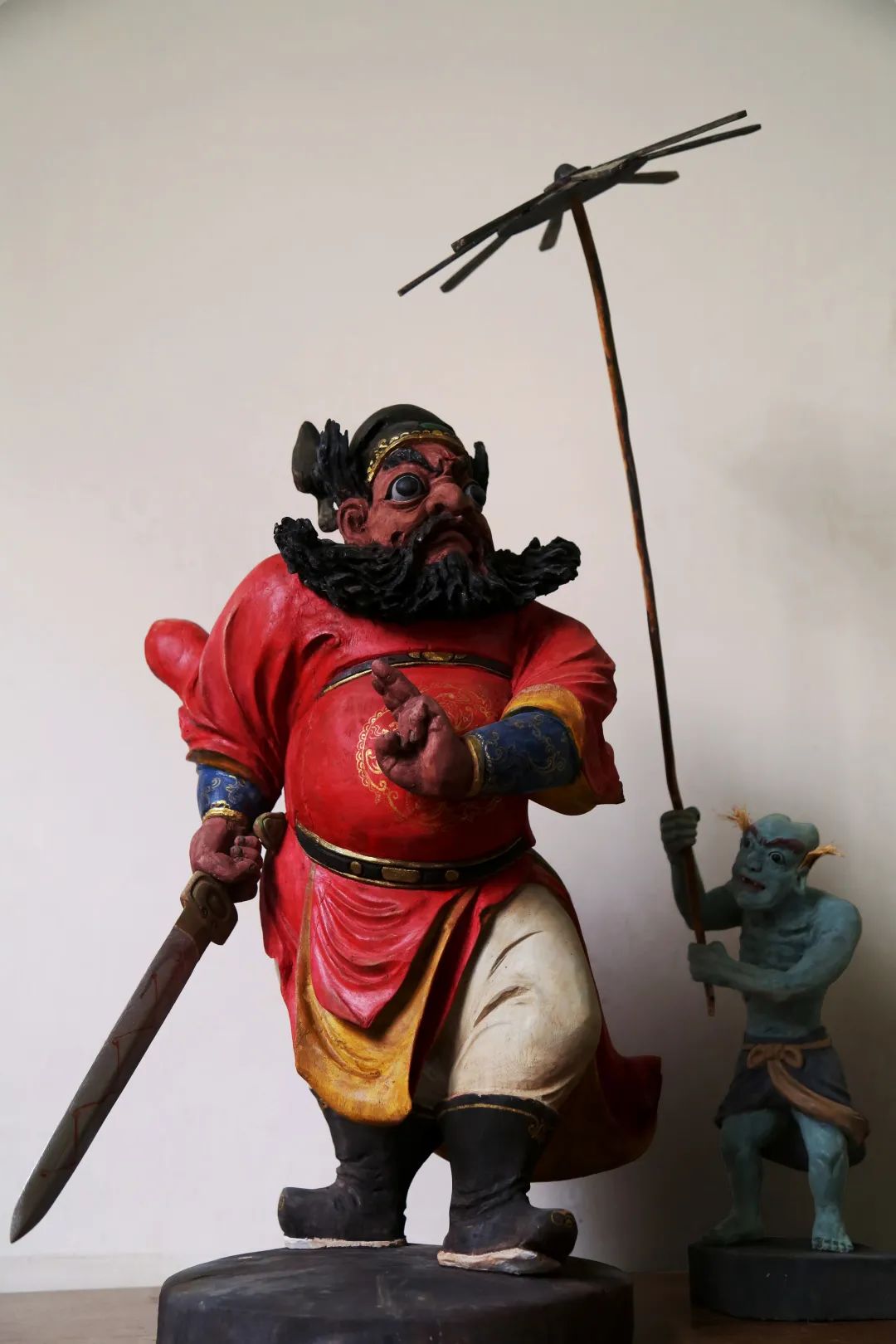
The woodcarving work of "Zhong Rong and Little Ghost", a woodcarving work "Zhong Rong and Little Ghosts" by Liu Jiewang, the inheritor of the traditional statue of Jiangxi Donggu

Dear leaders, exhibitors and inheritors take photos at the exhibition site
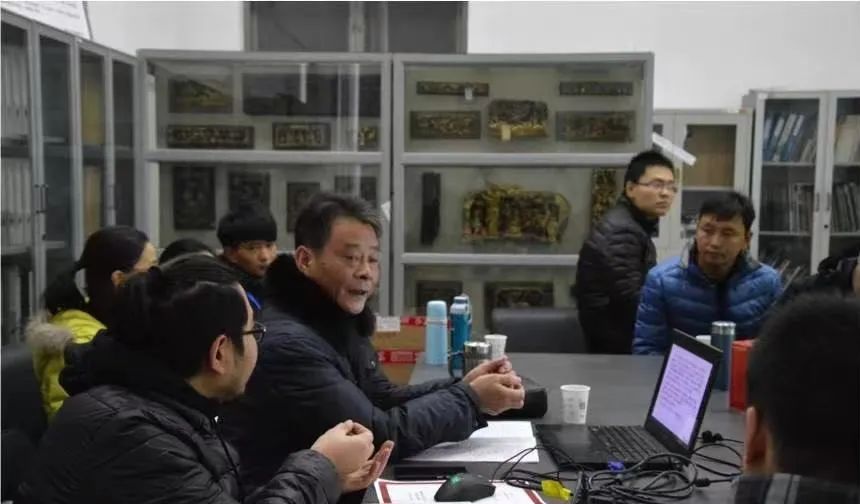
Teacher Qian Zhenghua is introducing the students of Huizhou woodcarving repair skills to the students

Teacher Yuan Jiaqi explained the art of jade carving for the jade carving group

Ban Jie Jun, the inheritor of the Baima Tibetan woodcarving in Wenxian County, Gansu, showed the traditional woodcarving mask carving skills at the exhibition site

Student discussion of wood carving group
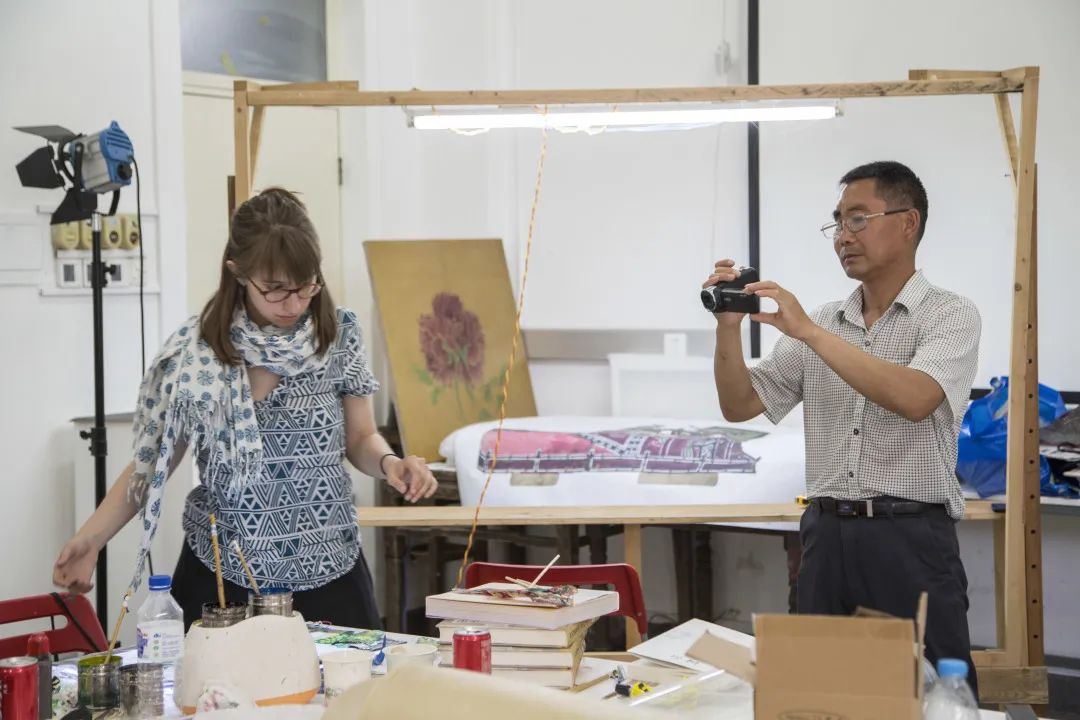
Students of the shadow group and the Academy of Fine Arts rehearsed the shadow
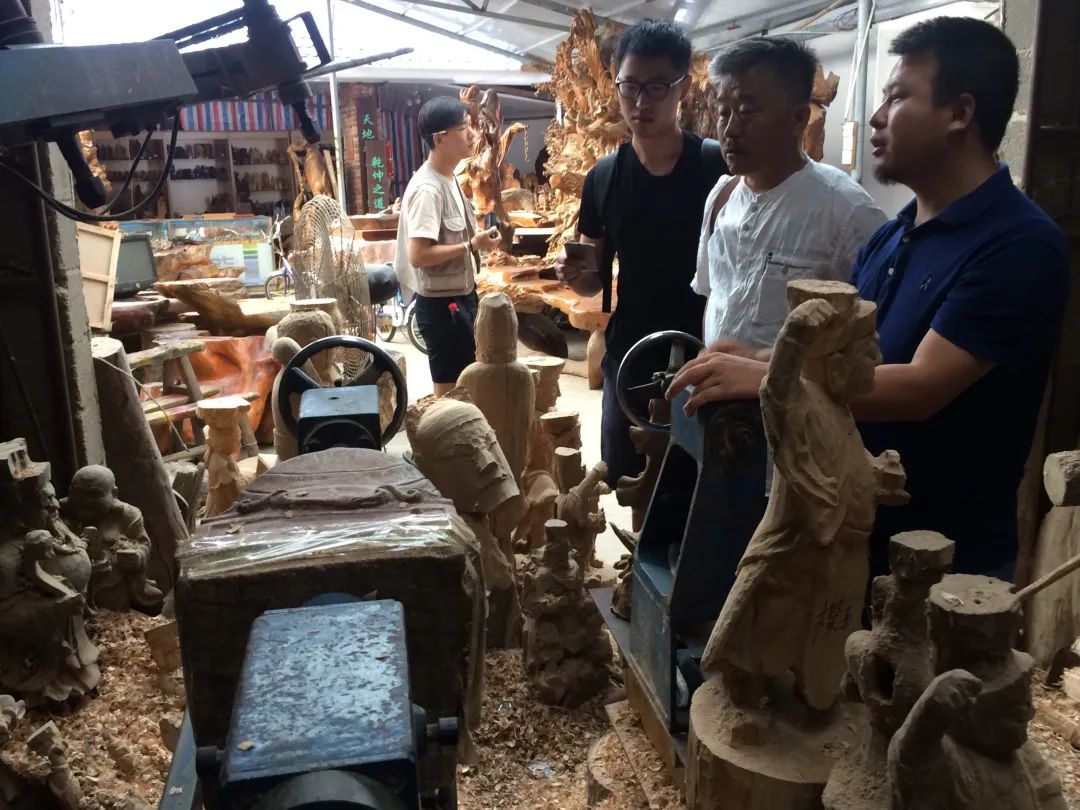
Wood carving group summer return visit

Zhou Liwei explained the work in the seminars' graduation exhibition
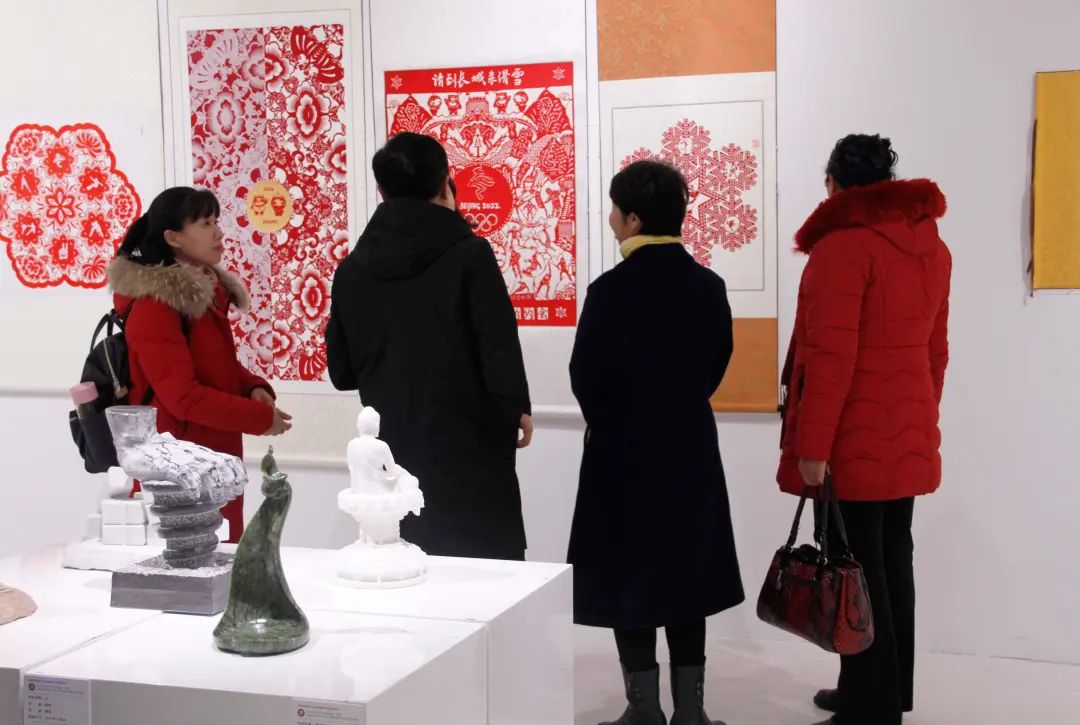
Exhibition of non -heritage and Winter Olympics works
Art Theory and criticism topics
There are 4 academic papers related to criticism and criticism in this issue of "Art Research". The paper is now published as follows.
Different and art
Zhu Qingsheng
Summary of content: The opposition and differences of the world are the motivation and goals of self -presentation, which constitutes the most fundamental conflict factor in interpersonal relationships. It leads to ancient and modern, and has obtained clearly or obscure expression in art works. From individuals to collective competition and transcendence, seeking justice and equality, it will also resort to the artistic form to show people's different mentality. Transformed into the basic manifestation of art.
Zhu Qingsheng
Professor of History at Peking University
Director of the Institute of World Art History, Shanghai University of Foreign Languages
Academician of the German Archaeological College
Discussion on the intention of abstract art
Mao Qiuyue
Summary: Abstract art brings great challenges to the understanding of the viewer's understanding of the viewer. The breakthrough point of this problem to solve this problem is to attach importance to the intention of abstract art, and put this issue on comprehensive consideration of two levels of creation and criticism. First of all, understanding the theme of abstract art needs to restore the intention of the creator and build a bridge between the author and critics. Secondly, the intention in criticism is a kind of intention, so the accurate intention is not easy to achieve, but this does not mean that abstract art criticism should be mysterious. The new research of abstract art now needs to shift to the internal structure and universal visual vision structure of the abstract language, so as to make effective contemporary aesthetic interpretations of abstract art. Mao Qiuyue
Assistant Professor of the Department of Art and Culture Industry, the School of Humanities and Culture of Tongji University
Sou Miao Chuangzhen
——The sketch in the traditional aesthetic vision
Tian Zhongli
Summary of content: Overview of Chinese and Western painting forms and styles, sketching is the best way to reflect the artist's keen observation, line expression, and artistic perception, because it can capture life through highly condensed and concise artistic language to capture life in life Those fleeting and beautiful moments, reproduce the vivid appearance of nature and social life, and express the true feelings and artistic feelings in the painter's chest. Although the sketch originated in the West, whether it is artistic observation, language characteristics, or emotional performance, it seems that there is a strange work with the freehand spirit in traditional Chinese painting. Therefore, this article attempts to integrate the artistic creative process of "foreign teachers created", "migration", "both shape and spirit", and "vivid charm" in traditional Chinese aesthetics theory. Imagination space creates sketching art with the characteristics of the times, oriental aesthetics, distinctive personality and vitality.
Tian Zhongli
Professor Professor of Beijing School of Printing
Director of the Chinese Artists Association's illustration decoration and decoration art committee
Vice President of the China International Painting and Calligraphy Art Research Association and director of the China Painting and Art Committee
From "consciousness" to "feeling"
—— On Dellez's absorption and creation of Merlot Pontel
Wu Yuyu
Summary: Descartes' body and mind almost laid the cognitive paradigm for hundreds of years after French philosophy, but in Merlot Pontene, the body-consciousness was rethinking in an important position. Ti's mantle continues to explore the logic of the feeling and the liberation of the body, so in the contemporary French thoughts, the body, perception, and feeling are re -problems, focusing on Cezanne and Bacon's paintings After feeling, you can further explore the inheritance and creation of Dellez's Merlot Pontel. You can analyze the evolution trajectory from "perception" to "feeling", and find a piece of To Deleuze's sensory score, build a new sense of cognitive model.
Wu Yuyu
Associate Professor of Chinese Department of East China Normal University
Dai Lu / Organization
Editor in this issue 丨 Sun Wen
Editor -in -law 丨 Wu Qiong
Edit 丨 He Yifan
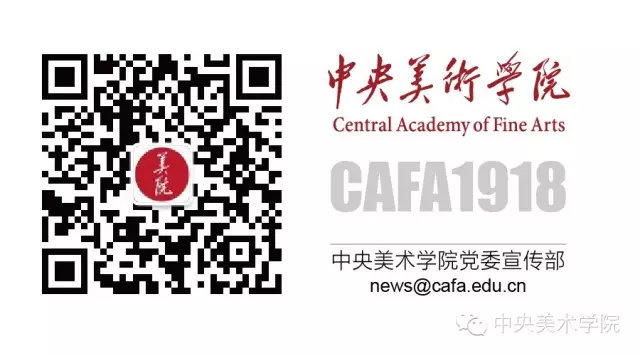
- END -
From today today

The Sichuan Science and Technology Museum posted today. Recently, Chengdu has cont...
Calendar: How did the rising work become the originator of children's picture books?
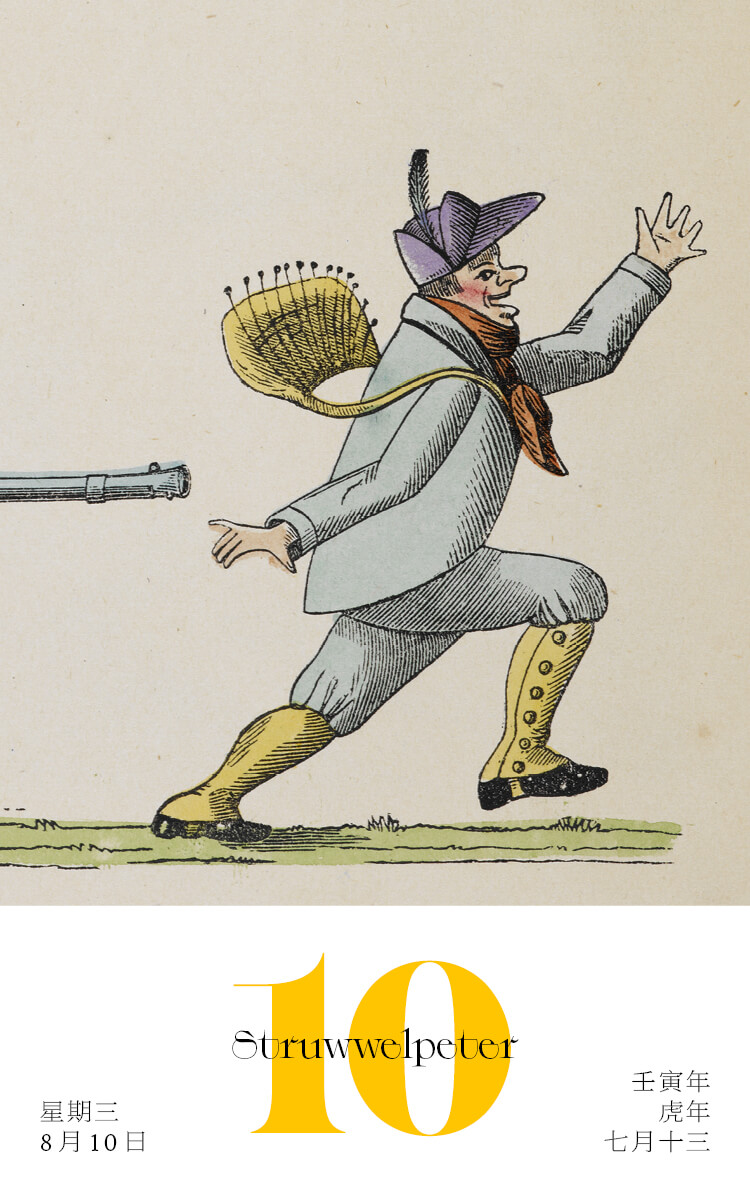
Zhanlu's collection calendar, a civilized treasure every day, customize your exclu...